From Gilmore Girls to And Just Like That: TV revivals are rarely a good idea
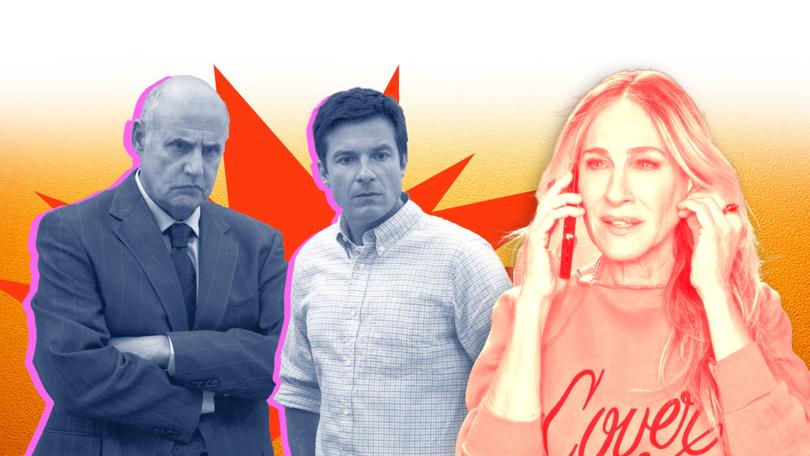
The pull of nostalgia is a strong force. Audiences love to spend hours rewatching their favourites, mouthing every line of dialogue and pre-empting the joke by laughing in advance.
When you press play, you know exactly what you’re in for, the emotions it evokes and that feeling of warmth enveloping you. It’s like catching up with an old friend. An island of stability in a shifting, unpredictable world.
That might sound naff, but anyone denying there is a parasocial relationship between viewers and pop culture has their head in the sand.
Sign up to The Nightly's newsletters.
Get the first look at the digital newspaper, curated daily stories and breaking headlines delivered to your inbox.
By continuing you agree to our Terms and Privacy Policy.So, it’s no wonder that there is a massive appetite for revivals. For years, no actor from The Office US could do an interview or public appearance without being asked about a reunion.
What makes a series a revival rather than a reboot or remake or insert-your-R-word here, is that it must be the same continuity and have at least one of its original major characters be a focus in the new episodes.
So, Veronica Mars and The X-Files count but Heartbreak High doesn’t (Jeremy Lindsay Taylor reprised his role as Kurt Peterson in the 2022 show but it was a cameo at best).
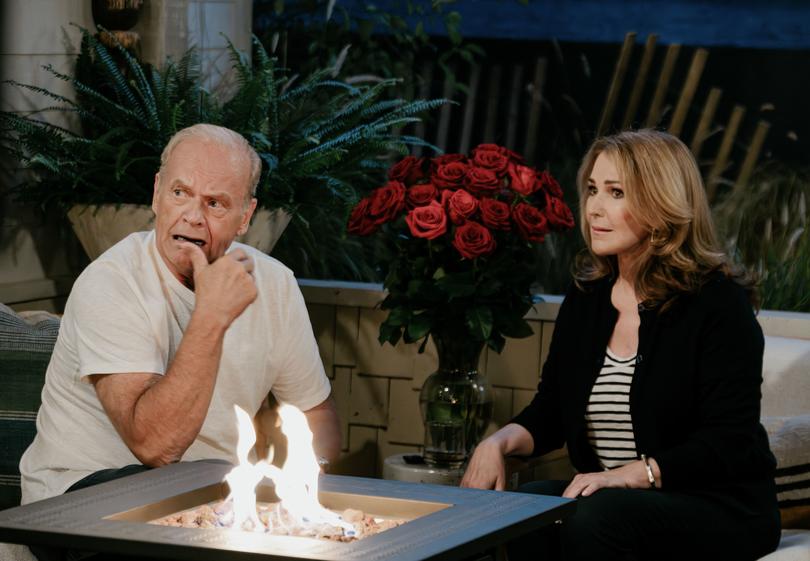
But revivals are rarely good, and few make it past a couple of seasons, which suggests that the modern matrix of TV and streaming is just as hostile to the old as it is to the new.
Just last week, the Frasier revival was dropped by Paramount+ after two seasons. Its production studio said it would shop it around to see if anyone else was interested, but the odds are against it. Likely, that may very well be the end of Frasier Crane’s adventures after 41 years.
The Frasier revival falls into that middle ground of “it was fine”. Not the disaster that befell others, it was quippy and had similar rhythms to the original, but it never matched the alchemic magic of the 1990s series because it couldn’t convince David Hyde Pierce to return.
The spiky dynamic between Frasier and Niles, brothers who were not opposites but very much alike, made for great conflict and love. Without it, it always felt like half a show.
At least it lasted longer than the Murphy Brown revival, which dropped in 2018 to so little fanfare, most Australians were unaware it existed. The series saw the character come out of broadcast retirement after Donald Trump’s first election only to find her son is working for a rival (and conservative) outlet.
For a show that was so on the pulse originally (to the point that then-vice president Dan Quayle blasted the character as a poor role model because she was a single mother), it had no resonance in the zeitgeist.
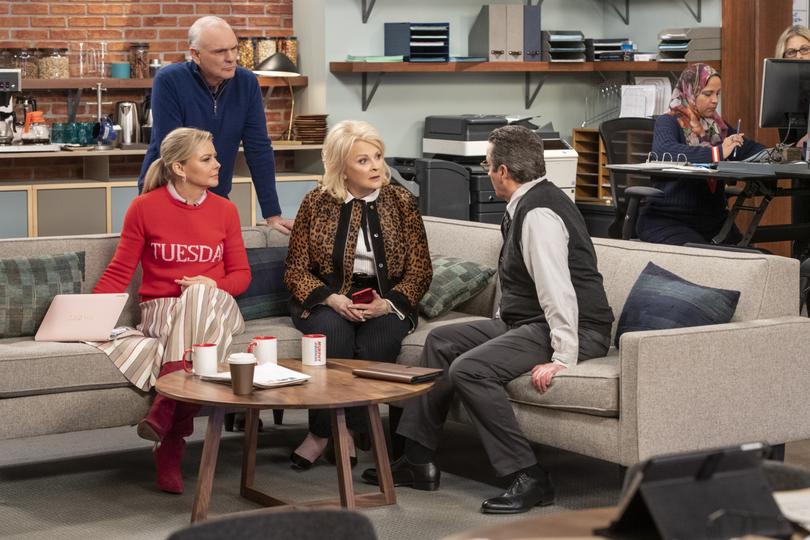
It could be worse. It could be Mad About You, which had a single-season 2019 revival that, still, has never been released in Australia on any platform.
That’s the great fear for any writer or actor considering a revival. You have to weigh up the risk versus reward calculation. If it’s just for a bit of fun and money, go nuts. But if you’re trying to recapture old glory, it almost never works out.
Remember the Packed to the Rafters six-episode revival, Back to the Rafters? Yeah, neither do most people.
But maybe it’s better to be forgotten than to be remembered for regrettable choices so that a bad revival is forever the punchline on something that was revered and, seemingly, untouchable.
Arrested Development was one of the most beloved comedies that was, two decades ago, cancelled too soon. In the streaming age, three seasons of anything is a success!
The absurd story of the Bluths (narcissists, sociopaths, dumb-dumbs and the kind-hearted George Michael) was brought back to huge fanfare in 2013 when Netflix, new to the originals game, ordered a fourth season.
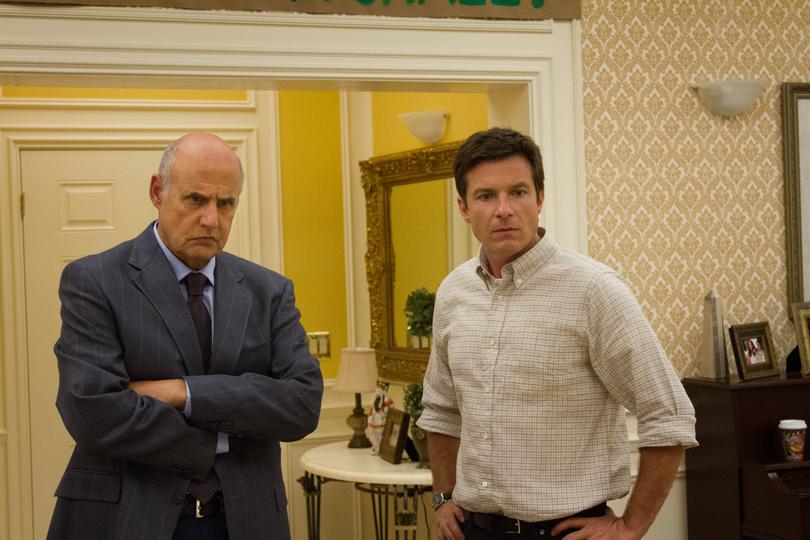
It sucked. It was disjointed, limited by the actors’ availabilities so that characters who were in the same scene weren’t even in the same room during filming. Mitch Hurwitz essentially admitted as much when he later re-edited the entire season and re-released it in 2018 as a “remix”.
It’s not hard to find an Arrested Development fan who can quote back to you most of the first three seasons, but it is to find one who finished the fifth season.
Today, you can’t even watch that fifth season. When Arrested Development left Netflix for Disney, only the three Fox-produced seasons made the jump. The fourth is available for digital purchase but the fifth was like it never was — it’s not that no one cares who killed Lucille 2, it’s that to fans, she’s not dead.
Then there’s the case of Gilmore Girls. At seven seasons, it had a full run originally but creator Amy Sherman-Palladino left before the final chapter when the show changed networks in the US, which left a lingering feeling of unfinished business.
When a new instalment was commissioned, there was excitement in the air. Picking up nine years after it had wrapped up, Gilmore Girls: A Year in the Life would find Rory and Lorelei, now 32 and 48 years old, exactly as where we’d left them.
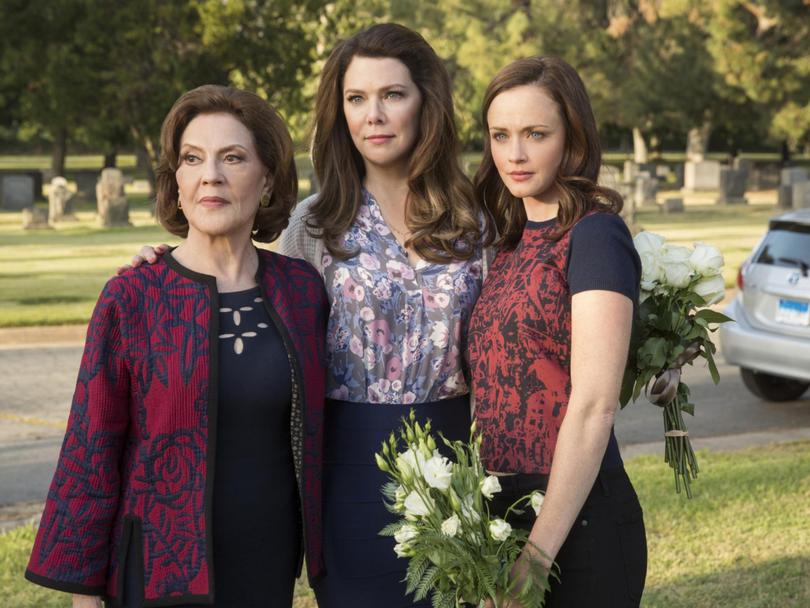
There was no character growth in the intervening years, as if they had been left in stasis, which only supercharged all their annoying traits that were formerly cute and now were grating.
It tainted the whole original series as fans asked themselves, “Was Emily Gilmore right all along, were Rory and Lorelei the villains?”.
The X-Files came back for 10th and 11th seasons, retconned a bunch of mythology and shuffled off with little impact. Ditto Will & Grace, which ran for three, Dexter, which ran for one but is coming back again.
And Just Like That certainly has buzz, but not the good kind with almost everyone (at least admitting) to only hate-watching it. It had promise with its story of grief and life after a great love dies but then proceeded to be a series about characters who were even more out-of-touch than they were before.
So, have any revivals been great? Were any comebacks worth it? Yes.
Twin Peaks: The Return was genuinely boundary-pushing TV that few original shows can even come close to. Bringing back the original Law & Order series was smart and Party Down, about a group of caterers with bigger dreams, had the same pathos, humour and absurdity.
But it’s rare. In most cases, no one, not the audience nor the creative team, is served by trying to reclaim the spotlight.

